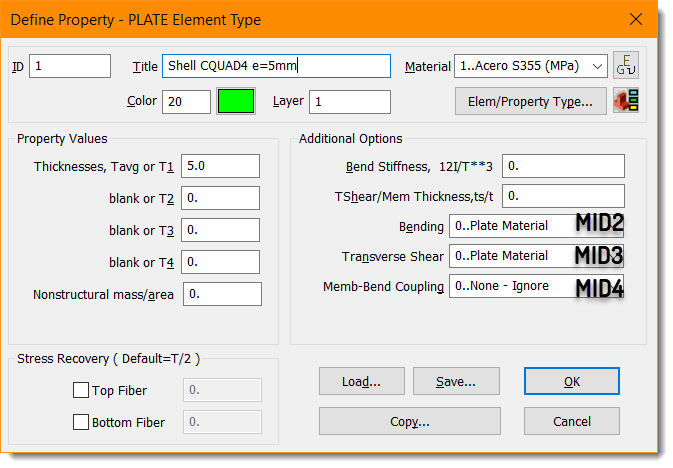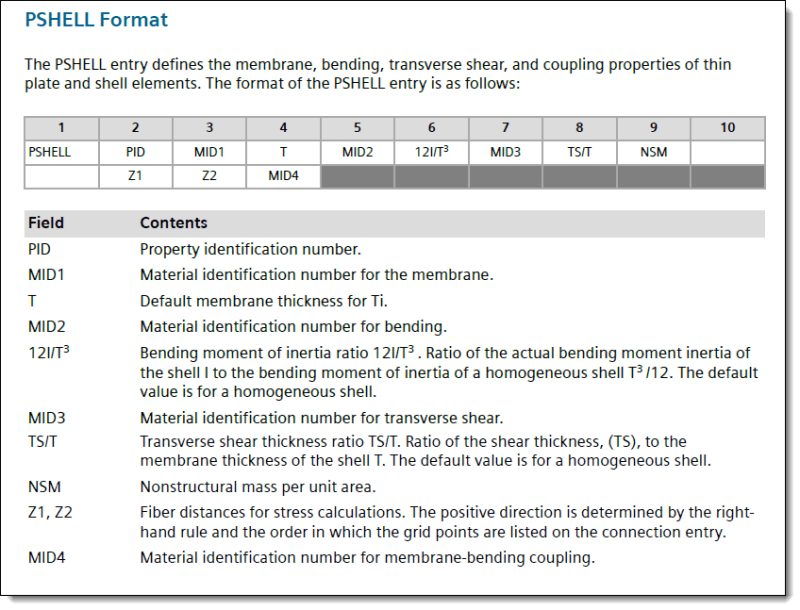Hi, I just started a new job where we perform linear analyses on steel structures of cargo ships. Near doors and windows we need to increase the mesh density so to capture local stresses. Currently the accepted maximum thickness/side length ratio is 1x1, meaning that we often have 45mm plates meshed with 50mmx50mm linear quads. I also noticed that the software uses the thin plate formulation. My questions are:
1- Is an element so stocky (it is, in fact, a cube more than a plate) approximated well enough by the thin formulation?
2- If not, would a thick-plate formulation solve the problem?
1- Is an element so stocky (it is, in fact, a cube more than a plate) approximated well enough by the thin formulation?
2- If not, would a thick-plate formulation solve the problem?



